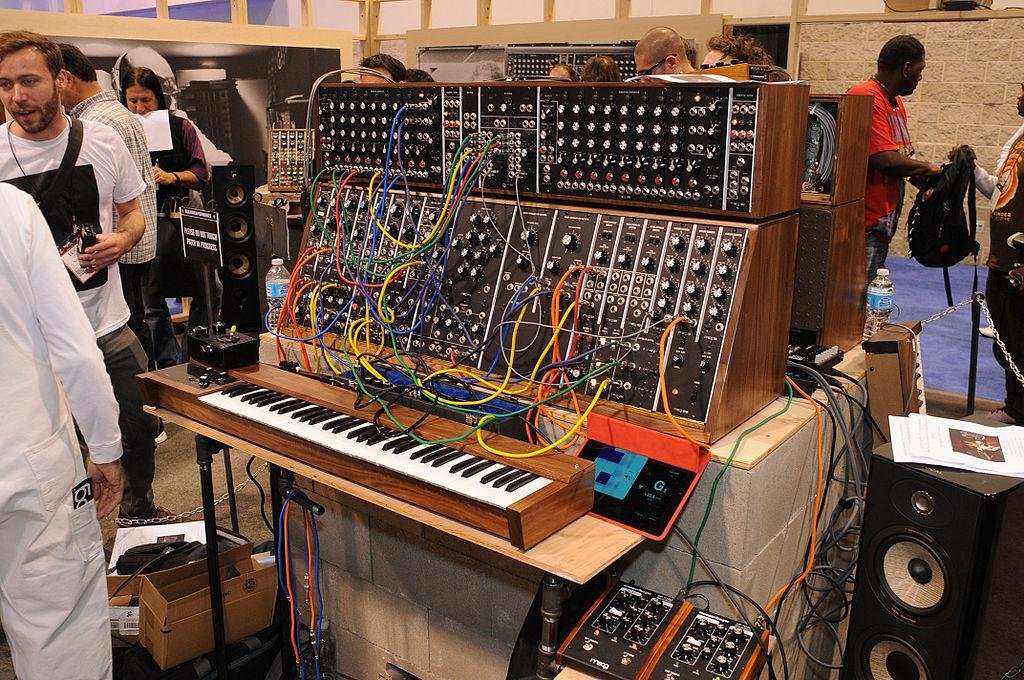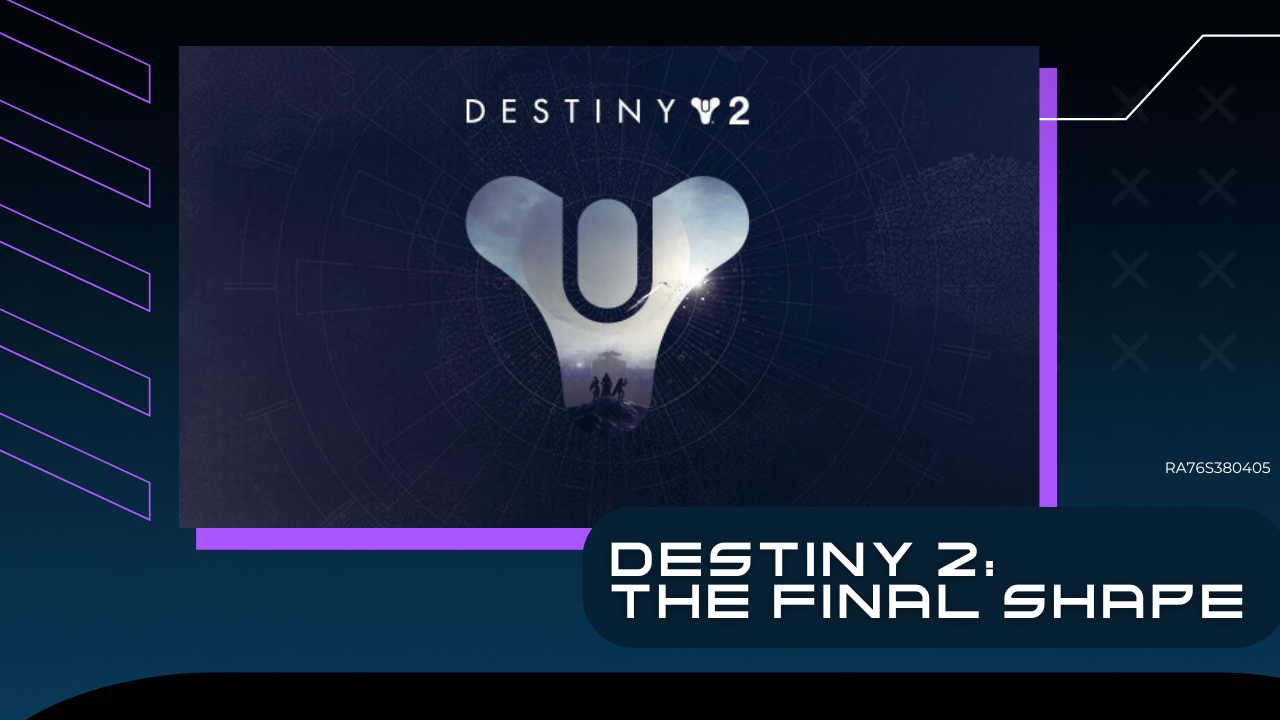How the Synthesizer Changed the Art of Film Scoring

When you think of your favorite movie scenes, there's a good chance that the music playing in the background played a big role in making those moments unforgettable. From the spine-tingling suspense in thrillers to the uplifting scores in adventure films, music sets the tone. And one instrument that has revolutionized film scoring over the years is the synthesizer.
What is a Synthesizer?
In simple terms, a synthesizer is an electronic instrument that can produce a wide variety of sounds. Unlike traditional instruments, which create sound through physical vibrations, synthesizers generate sound electronically, giving composers endless possibilities.
The Early Days of Film Scoring
Before synthesizers became mainstream, film scores relied heavily on orchestras. Think about the grand, sweeping scores of old Hollywood movies. These scores were often performed by large groups of musicians, which could be costly and time-consuming. While orchestras can create rich and complex sounds, the arrival of the synthesizer offered a new world of sonic possibilities.
The Rise of the Synthesizer in Film
In the 1960s and 1970s, synthesizers began to appear more frequently in popular music, and soon after, they made their way into film scores. One of the early pioneers of synthesizer film scores was Wendy Carlos, who famously used the Moog synthesizer for the soundtrack of Stanley Kubrick's A Clockwork Orange in 1971. This marked a significant shift, showing that electronic sounds could evoke emotions and enhance the storytelling of films just as effectively as traditional orchestral scores.

Moog Synthesizer. Image Source: New York Public Radio
Breaking New Ground
The 1980s saw a surge in the popularity of synthesizer-based scores. John Carpenter, a filmmaker and composer, used synthesizers to create the iconic and eerie score for Halloween (1978). This minimalist yet haunting score set a new standard for horror films and proved that synthesizers could be used to create suspenseful and memorable music.
Another notable example is Vangelis' score for Blade Runner (1982). The futuristic and atmospheric music created an immersive experience that perfectly matched the film's dystopian setting. The synthesizer allowed Vangelis to craft sounds that were otherworldly and ahead of their time.
Why Synthesizers Matter
The introduction of synthesizers has democratized film scoring. With access to electronic instruments and digital audio workstations, composers can experiment and create high-quality scores without the need for a full orchestra. This has opened doors for independent filmmakers and up-and-coming composers, allowing them to produce professional-sounding music on a budget.
Synthesizers also offer unique sounds that can't be replicated by traditional instruments. This ability to craft entirely new auditory experiences has pushed the boundaries of what film music can be, making scores more innovative and diverse.
Conclusion
The synthesizer has undoubtedly changed the game of film scoring. By providing an expansive range of sounds and making music production more accessible, it has allowed composers to push creative boundaries and craft scores that elevate the art of storytelling in film. As technology continues to evolve, we can only imagine what new sounds and innovations will shape the future of film music.
Stay tuned for more insights into the fascinating world of music and technology!
Let’s Collaborate!
Need help building the tone for your production? Hit us up – the Rareform Audio team would love to help you create the perfect soundtrack that speaks to your audience and enhances the power of your visual storytelling to new heights!
A weekly glimpse into the world of music & media with insider news, sync licensing opportunities, creative insight, and discussions.
Rareform Highlights
Unleash blockbuster-grade sound. Get your music movie-ready.
Black Sheep Music & Rareform Audio strike back in the Star Wars universe.
Rareform Audio & Black Sheep Music launch a cinematic music catalog engineered for storytelling at scale.
Black Sheep Music & Rareform Audio join forces with Bungie
Rareform Audio, an innovative leader in music and audio post-production, specializes in custom music creation, sound design, sonic branding and a vast catalog of diverse genres. Our talented roster of artists, composers and sound designers elevate projects for film, TV, ads, trailers and video games by merging artistry with cutting-edge soundscapes.




































